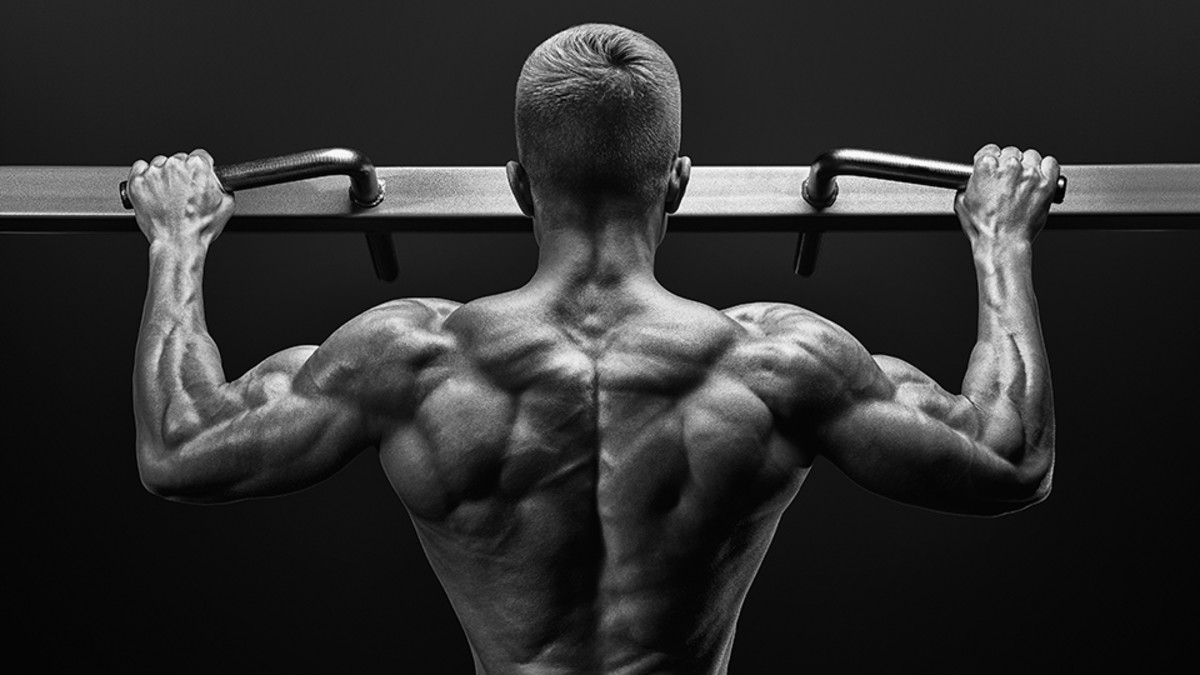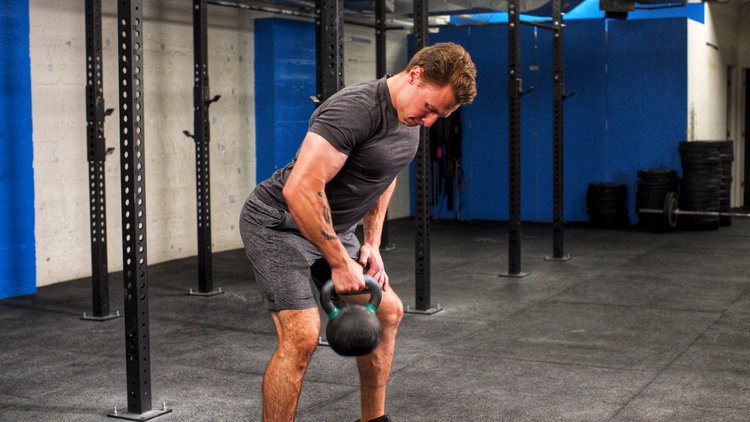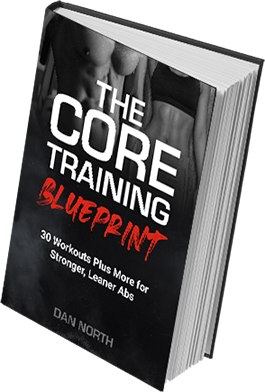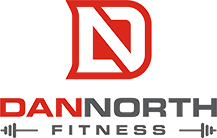Your back is comprised of various muscle groups that work together to maintain posture and provide overall support for the body.
Lower back (erector spinae)
- EXTENSION AND ISOMETRIC EXERCISES
Mid back (mid traps, lattisimus dorsi, serratus, posterior)
- MID ROWING EXERCISES
Upper back (upper traps, teres major/minor, rhomboids)
- OVERHEAD PULLING AND HIGH ROWING EXERCISES

A strong back is the foundation of a powerful and athletic physique. It should be a requirement, not an afterthought, to train your back muscles if you want to feel and perform better. Squat, bench, deadlift, snatch, kettlebell swings, standing, walking, picking up your kid…a strong back provides support in all of these movements.
Here are six exercises you should master to make your back stronger and healthier.
ROMANIAN DEADLIFT
This is one of my favourite lower back exercises and is one that can provide tons of benefit when performed correctly. Use barbells, kettlebells, dumbbells, plates, band; basically whatever you want. Focus on pushing your hips back and bringing them forward to full extension as you lockout. Your hips should travel back and forth on a horizontal plane during RDL’s (as opposed to vertically, like in squats). As you hinge forward, your lower back and posterior chain muscles work to bring you back to extension.
BENT OVER BARBELL ROW
Not only does this exercise add thickness and density to your back muscles, it also makes you way stronger. Try pulling heavy for sets of five to gain upper back strength, which will translate directly to your deadlift, as well as your bench and squat. An overhand grip will target your upper back muscles, while an underhand grip recruits your mid back and biceps more effectively. As with all of the exercises on this list, there’s tons of variety when it comes to bent over barbell rows. Small adjustments like grip and tempo change which muscles are being used and how long they’re under tension.
BENT OVER DUMBBELL ROW
This variation against the bench is one of the most commonly used back exercises you see in the gym. It’s also one of the most commonly butchered exercises you see. To perform this optimally, keep a ‘flat’ back throughout and pull the dumbbell toward the hip. Initiate the row by ‘pulling with your elbows’. This engages your lats and helps you pull with your mid back muscles as opposed to your arms.
PENDLAY ROW
This one is fun and will make your back STRONG. Just like the deadlift, the bar is picked up from the floor at dead weight. This eliminates momentum and reduces ‘body English’. You can do the pendlay row standing or against a bench (as seen below). Use this exercise to strengthen your upper back in the initial pull of the deadlift. If your upper back is weak, it will round as you begin to pull from the floor. The pendlay row trains your upper back to pull from a hinged position, which is similar to your starting position in a deadlift.
GOOD MORNING
Do this one standing or seated. Good mornings are an advanced movement that have to be performed correctly in order to be effective. Since the bar rests on your shoulders, you are forced into an extended position, which helps maintain optimal spinal alignment throughout hinging exercises like good mornings. Performing the good morning standing provides more support from the hamstrings and glutes, while the seated version helps develop the lower back muscles directly.
SINGLE LEG RDL TO ROW
Hinging and balancing on one leg while performing a row challenges your core stabilizers and tears your hamstrings apart (in the best way). The key is to focus on a controlled eccentric movement when rowing; otherwise your balance will be thrown off. This exercise demands strong, slow, and controlled movement. Don’t rush the exercise and focus on a flat back with no hip rotation. Once you hinge forward to nearly parallel, pull the dumbbell toward your hip by leading with the elbow and controlling your arm back down to full extension. Be heavy on your lead foot and come back up to your starting position.





